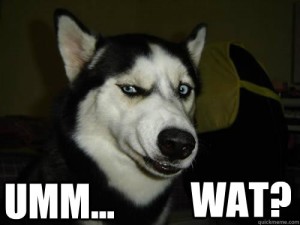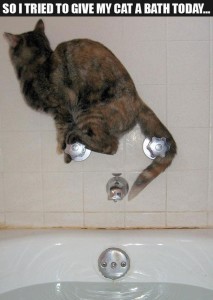 A post from student blogger Brittany
A post from student blogger Brittany
I woke up this past Saturday morning feeling refreshed and ready to complete my slide deck for my capstone presentation. I have blackout curtains they I keep closed ALL THE TIME because my sleep is very important, so for a change I decided to open them to let a little light into my bedroom. I was blinded by the amount of white I saw. There had been reports of snowfall but it didn’t seem like people were worried but I don’t think they were prepared for the winter wonderland that would greet them as they left the house. Lucky me I didn’t have to leave the house, it was my first Saturday off from work from my second job (LEARN TO SAY NO) so I was able to sit at home all day and work on upcoming assignments. From sun up to sun down it snowed, the weatherman predicted 7-10 inches and I don’t think his calculations were far off.
While I was fortunate enough to not have to leave my house, working on my slide decks for the upcoming capstone presentations was probably just as tumultuous as battling the elements. By the end of my PhD I was a bit of a pro when it came to making PowerPoint presentations but that was because in part I had been adding and tweaking things as I went along and by the end the information was second nature. The goal of the presentation is to convince my capstone mentor that I understand the new technology well enough to write a good claimset while simultaneously educating him on the most crucial aspects of Patent Law and Prosecution.
Despite the work that went into completing the slide deck, I was astounded by how much I had actually learned and retained throughout the semester. It’s crazy to think that just a little over four months ago I had no idea about what it took to be a patent agent, but now I was drafting claims left and right (disclaimer: they may not be the best claims) and holding conversations with my peers and more senior professionals about patent law.


